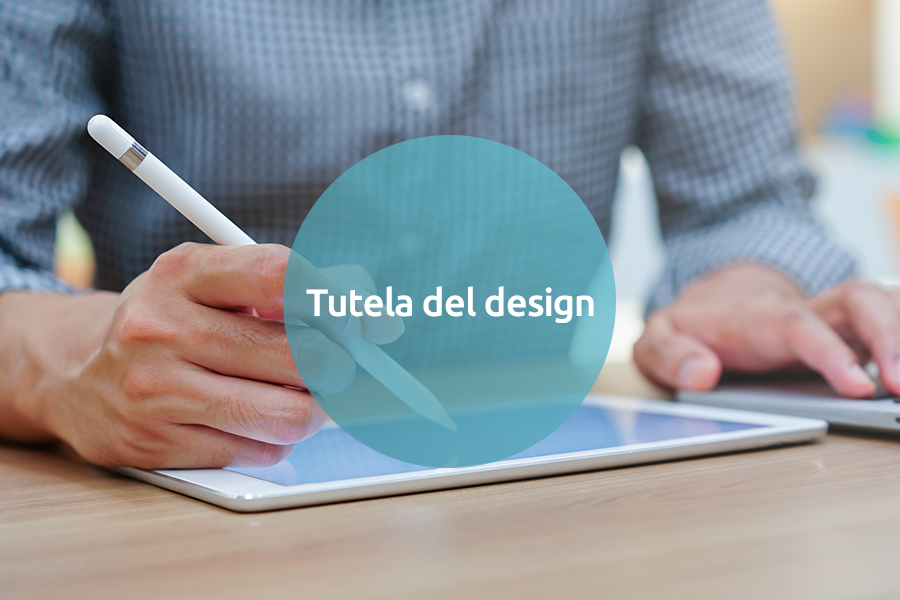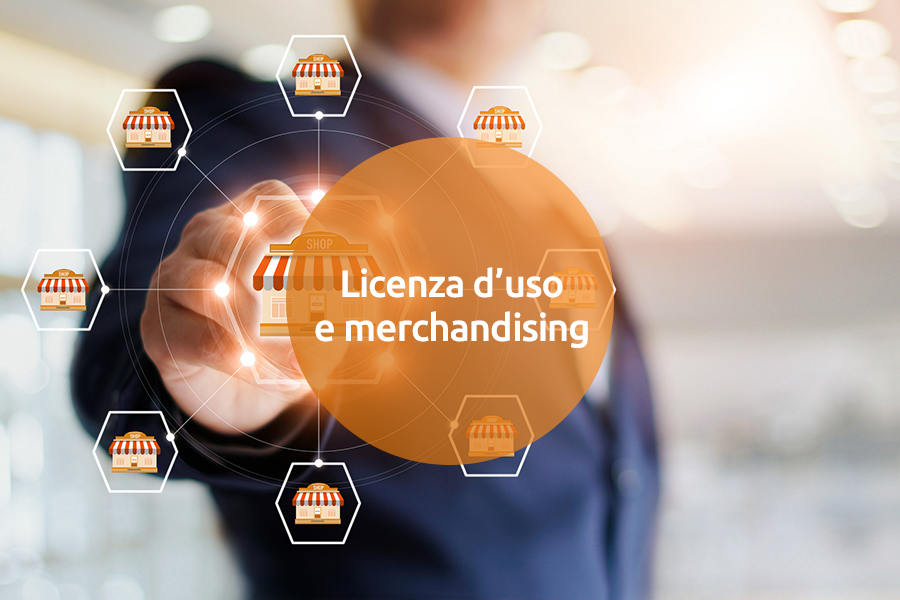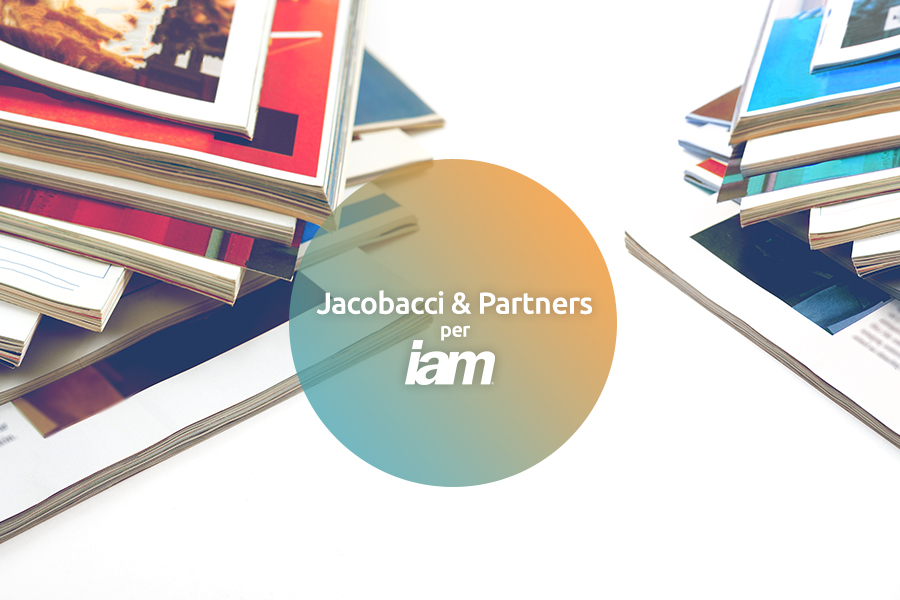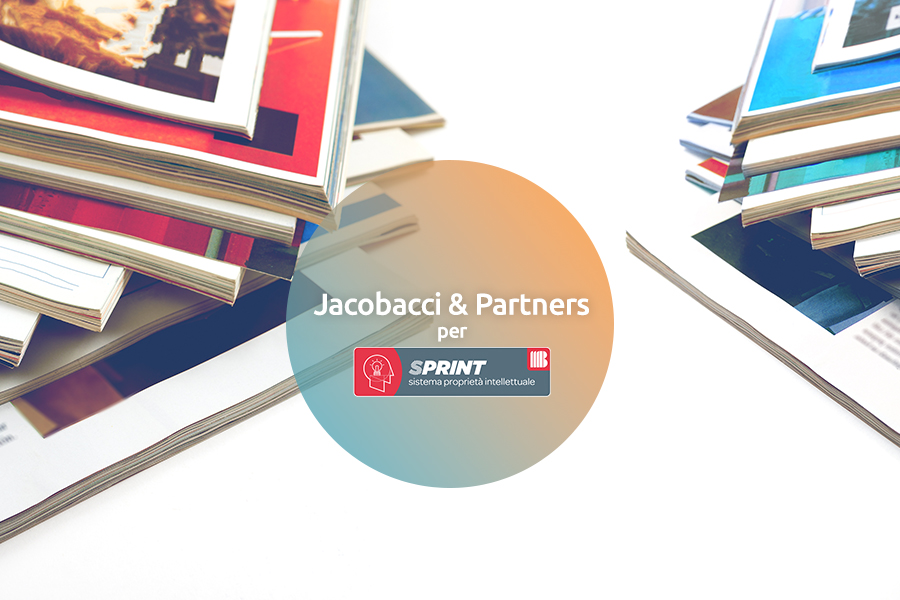A recent decision of the Court of Turin addressed the patentability of software based solutions involving the user-controlled presentation of information. The judgment encompassed two separate patentability issues and confirmed the alignment of Italian law with the consolidated European approach.
Technical background
Software-based solutions include computer programs that carry out certain tasks – for example, for control or actuation purposes. In this context, the term 'software' can refer to a set of instructions for a computer program stored on a processor, a set of programs loaded on a computer or even 'logical objects' managed by evolving software technologies.
Such a broad definition of 'software' can also encompass multiple programs stored on processors of computers or other devices. In this scenario, programs may interact with each other and/or with computer peripherals (eg, the monitor or printer), and/or with other processors in additional computers/devices (eg, for the automated control of an industrial machine system).
One of the many possible objectives of a software program running on a device may be to control the presentation of information, including the display of information on a screen under the control of a user with the means to interact with the device executing the software program.
Legal background
In Articles 45.2b, 45.2c and 45.3 the Industrial Property Code provides that neither computer programs nor presentations of information per se are patent-eligible subject matter.
Since these provisions are identical to Articles 52(2) to (3) of the European Patent Convention, they have been commonly construed by Italian industrial property experts according to the interpretation of the corresponding convention articles by the European Patent Office (EPO) Board of Appeal (eg, Decisions T38/86, T208/84, T769/82 and T1173/97).
In short, such decisions provide that computer programs are patentable only when they provide a technical effect. A software-based solution may be patented through a process claim, provided that the process is carried out in a physical entity by technical means implementing the method and that the process causes a change in that entity. Moreover, according to Decision T1173/97, the computer program itself may be recognised as patentable if it has a technical character – that is, the program, when run on a computer, produces a technical effect that goes beyond the normal physical interaction between a program and a computer.
Similarly, the presentation of information itself may be patentable if the information includes technical features or the process of presentation includes technical characteristics.
Although the relevant Italian legal doctrine is in line with the patentability criteria developed by the EPO Board of Appeals, the Italian courts have issued few judgments on this matter. Most decisions have held that the technology did not meet the threshold for qualification as patentable subject matter. However, they did not provide express endorsement or explicit confirmation of the abovementioned criteria for patentability. Indeed, none of the prior cases related to issues of both software patentability and presentation of information.
Decision
The February 21 2014 decision of the Court of Turin was issued in a case between Italvideo International (the plaintiff) and Rovi Guides, Starsight Telecast and others (the defendants) concerning, among other things, the alleged invalidity of an Italian patent deriving from European Patent EP0969662, owned by Starsight Telecast.
EP0969662 related to methods and systems (known as an electronic programming guide (EPG)) for navigating through television programme listings. The methods provided for displaying on a video screen the titles of television programmes (stored in an electronic memory) in a grid format according to the time and the channel. By means of commands sent to a system processor, the user could move a cursor on the screen and select one of the displayed titles, which then opened a single-channel format presenting rows of sequential television programme listings for the channel corresponding to the selected title.
The plaintiff asserted the invalidity of EP0969662 (particularly of its method claim including the features described above) on several grounds, including that computer programs and presentations of information were unpatentable subject matter.
In this case, it could be argued that the two grounds for invalidity were inter-related, since the effect of the computer program, when executed, might be seen as a presentation of information.
The court assessed the two invalidity grounds independently and subsequently rejected both of them, following a strictly orthodox approach based on criteria established by the EPO Board of Appeals.
With respect to computer programs, the court held that a claimed element producing a technical effect which goes beyond the normal physical interaction between a program and a processor on which the program is running has technical character and is patentable. This criterion was satisfied by the claimed method because it involved changes in the operation of physical entities displaying EPG information on a screen and reacting to commands provided by a user to display further information and select television programmes. Such "physical entities” were identified to be hardware means (eg, the program control device, memory and monitor). Therefore, the plaintiff’s argument based on the non-patentability of computer programs was rejected because the patent had technical character and did not claim merely a computer program as such.
With respect to the presentation of information issue, the court held that the patent related to particular configurations, grids or lists under which EPG information could be displayed, and was not simply limited to which information was shown. Moreover, the patent related to how EPG information, arranged in a certain way, was displayed on a screen according to different configurations in response to the user’s commands. Therefore, the argument for invalidity based on the non-patentability of presentation of information was also rejected because the patent did not claim merely a presentation of information as such.
Comment
Although still subject to appeal, the decision provides guidance on the criteria used in Italy to assess the patentability of software-based solutions and the presentation of information. It thus provides clarification for patenting technology in this increasingly important technical field, as well as confirming that the approach of the Italian courts is consistent with that developed under European law.





